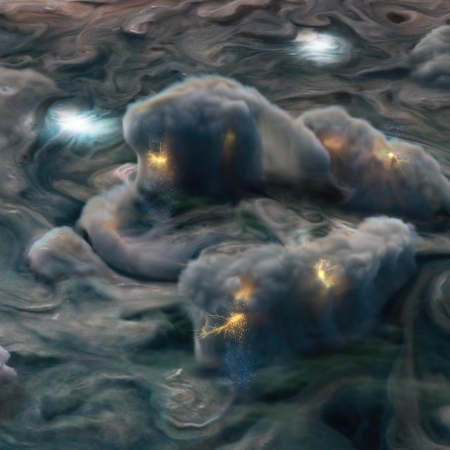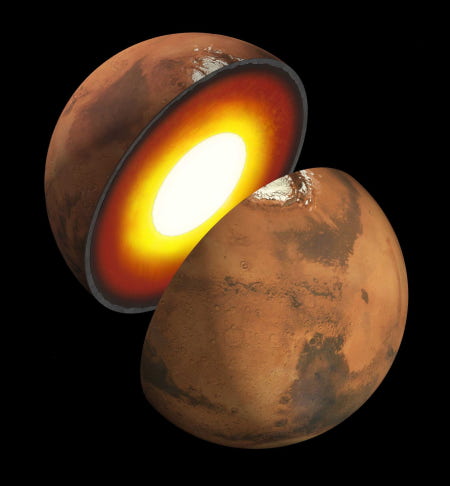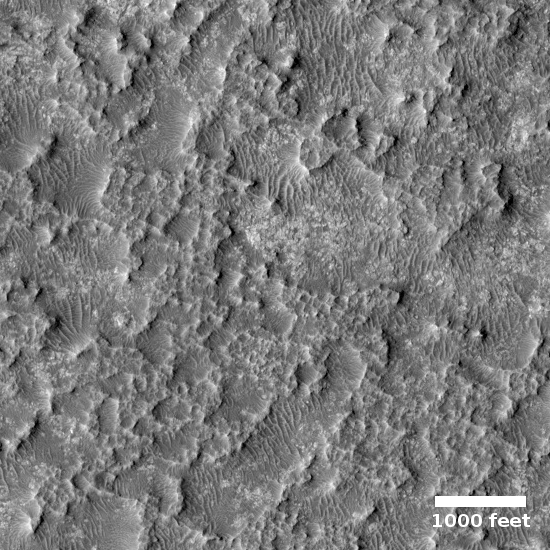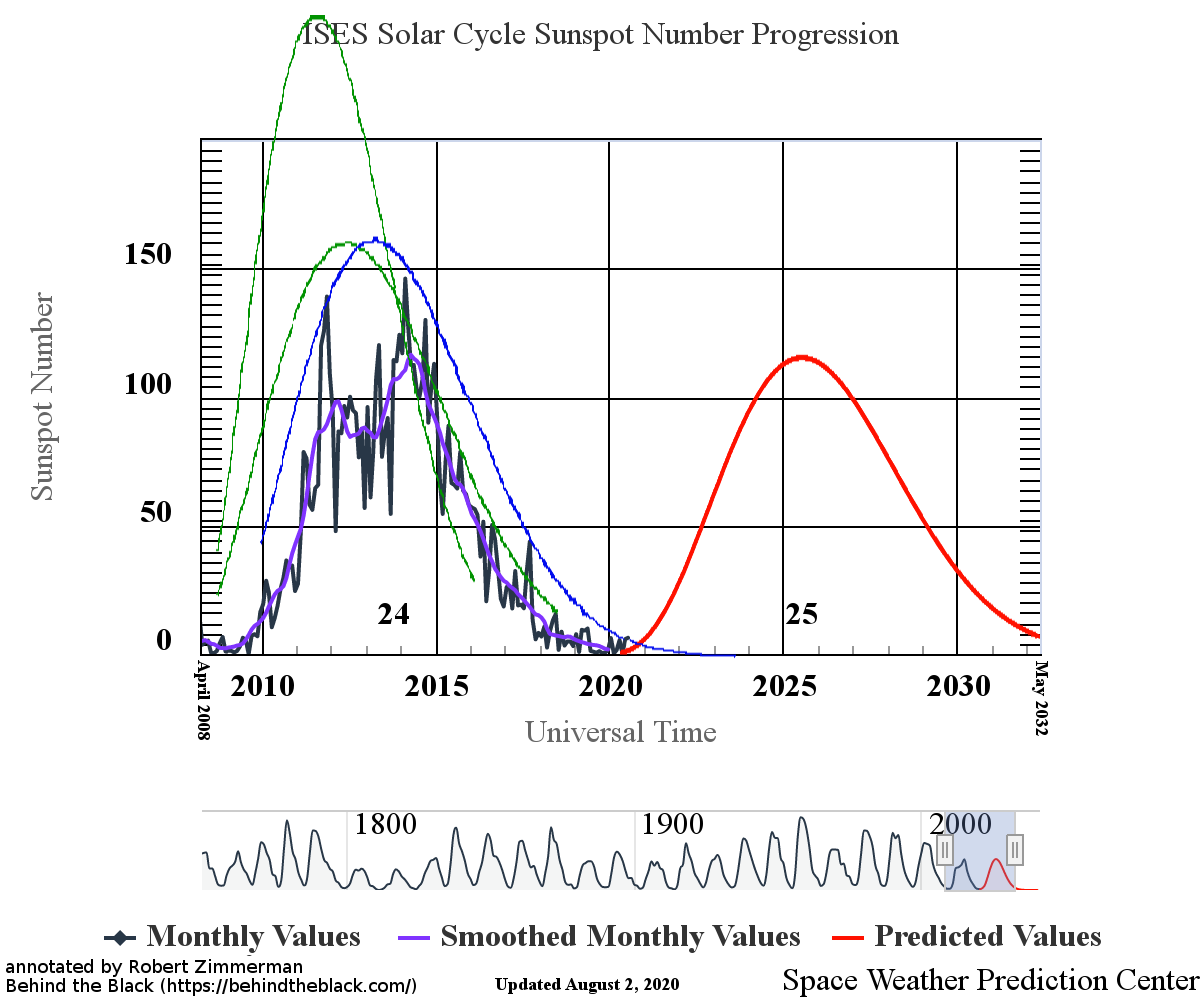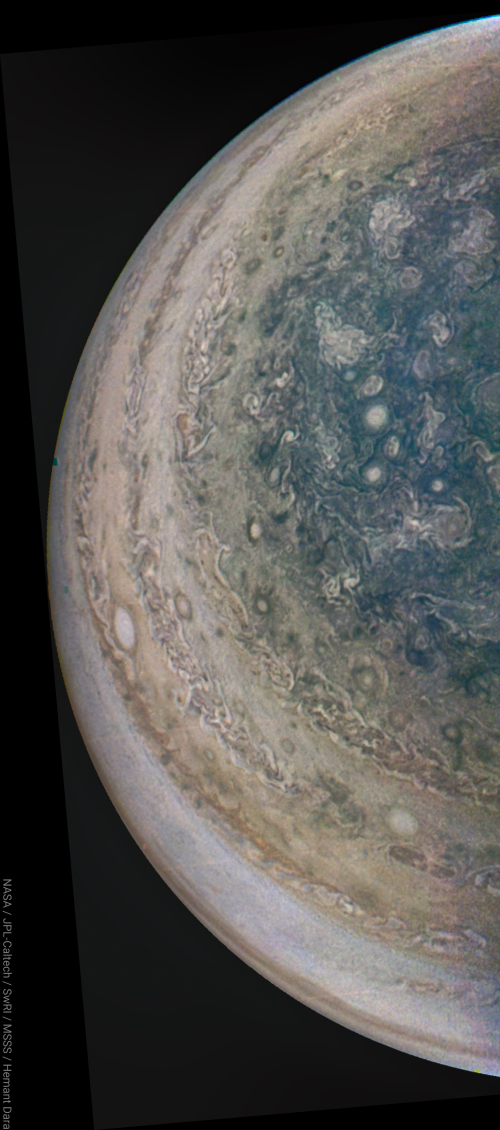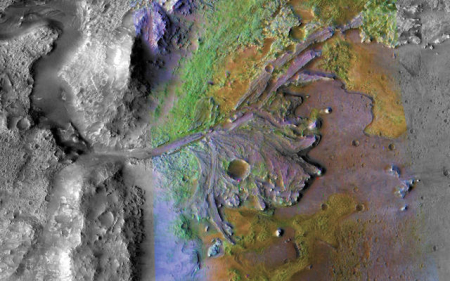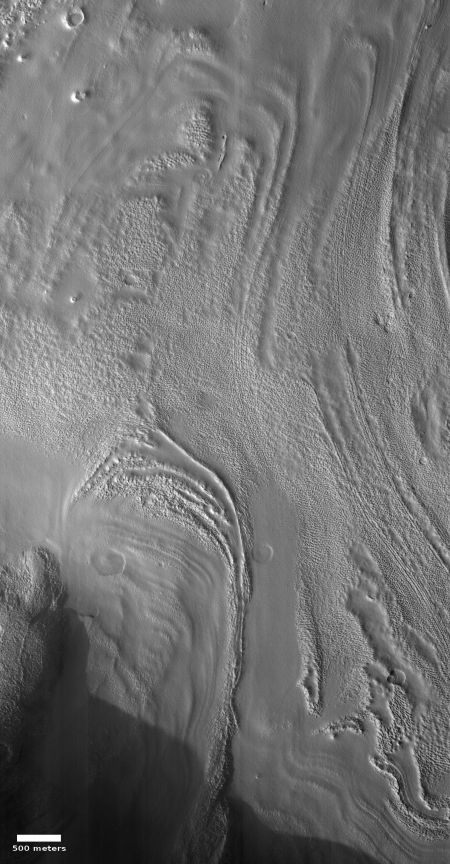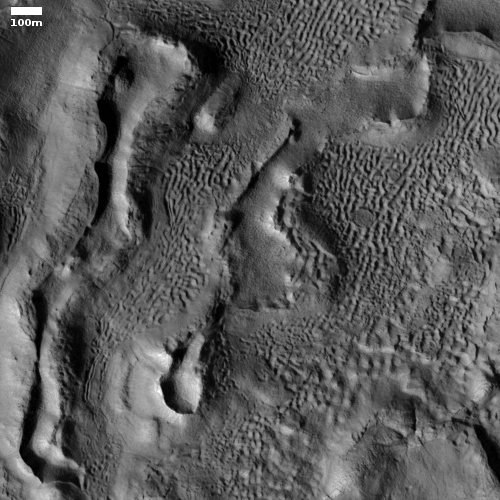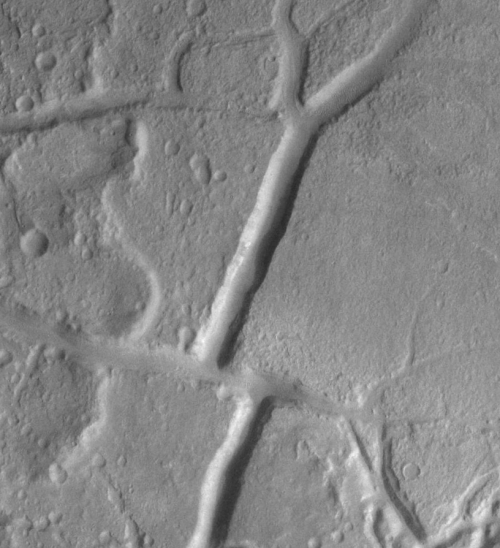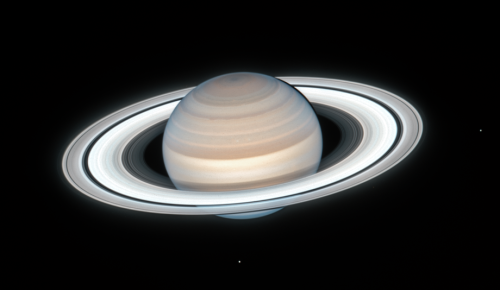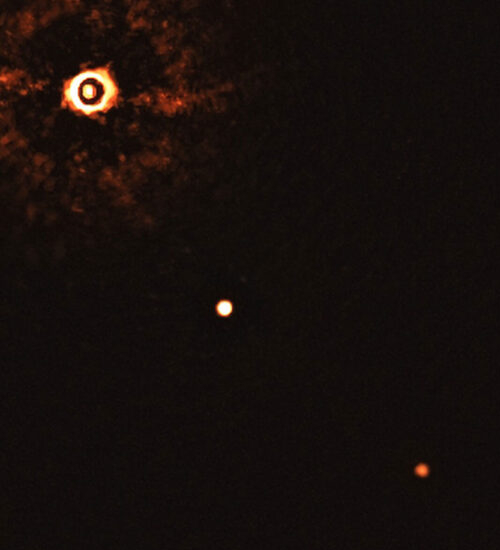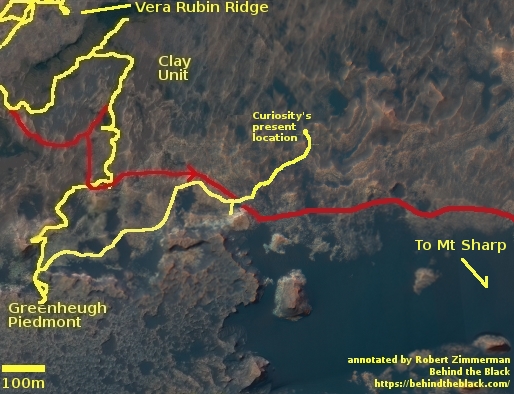Lightning and mushballs on Jupiter
Using data from Juno, scientists now theorize that Jupiter produces what they dub “shallow lightning” as well as ammonia-water hailstones dubbed “mushballs.”
The image to the right, cropped and reduced to post here, is only an artist’s illustration of the lightning. Sadly Juno’s camera doesn’t have the resolution to capture such flashes.
An unexpected form of electrical discharge, shallow lightning originates from clouds containing an ammonia-water solution, whereas lightning on Earth originates from water clouds.
Other new findings suggest the violent thunderstorms for which the gas giant is known may form slushy ammonia-rich hailstones Juno’s science team calls “mushballs”; they theorize that mushballs essentially kidnap ammonia and water in the upper atmosphere and carry them into the depths of Jupiter’s atmosphere.
As with the InSight results below, there is much uncertainty with these results, especially the hypothesis of mushballs. These features fit their present data from Juno, but we must remember that the data is still somewhat superficial.
Using data from Juno, scientists now theorize that Jupiter produces what they dub “shallow lightning” as well as ammonia-water hailstones dubbed “mushballs.”
The image to the right, cropped and reduced to post here, is only an artist’s illustration of the lightning. Sadly Juno’s camera doesn’t have the resolution to capture such flashes.
An unexpected form of electrical discharge, shallow lightning originates from clouds containing an ammonia-water solution, whereas lightning on Earth originates from water clouds.
Other new findings suggest the violent thunderstorms for which the gas giant is known may form slushy ammonia-rich hailstones Juno’s science team calls “mushballs”; they theorize that mushballs essentially kidnap ammonia and water in the upper atmosphere and carry them into the depths of Jupiter’s atmosphere.
As with the InSight results below, there is much uncertainty with these results, especially the hypothesis of mushballs. These features fit their present data from Juno, but we must remember that the data is still somewhat superficial.

